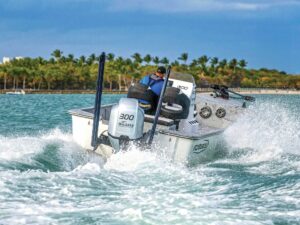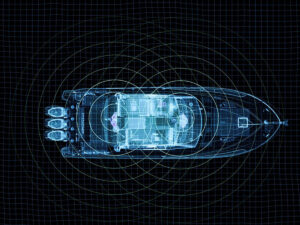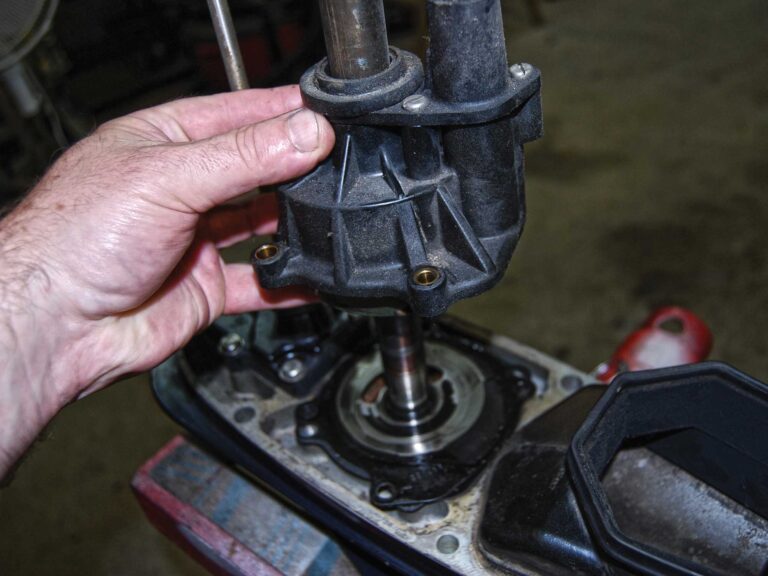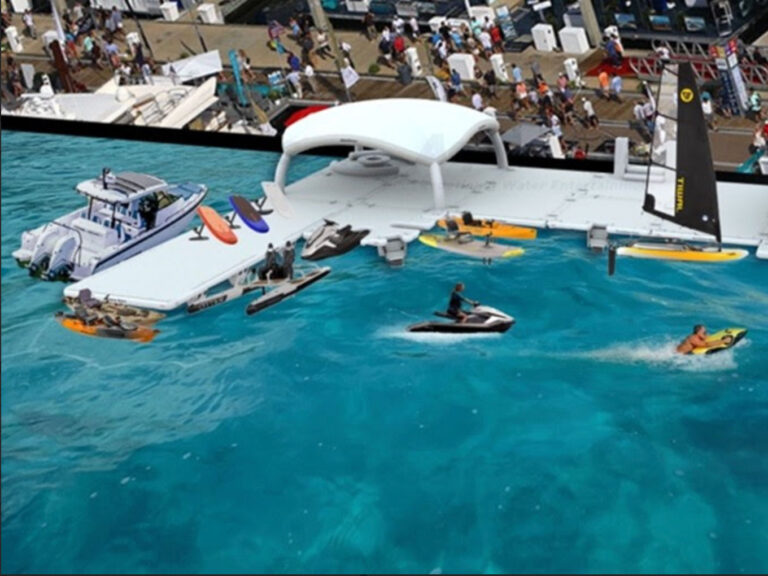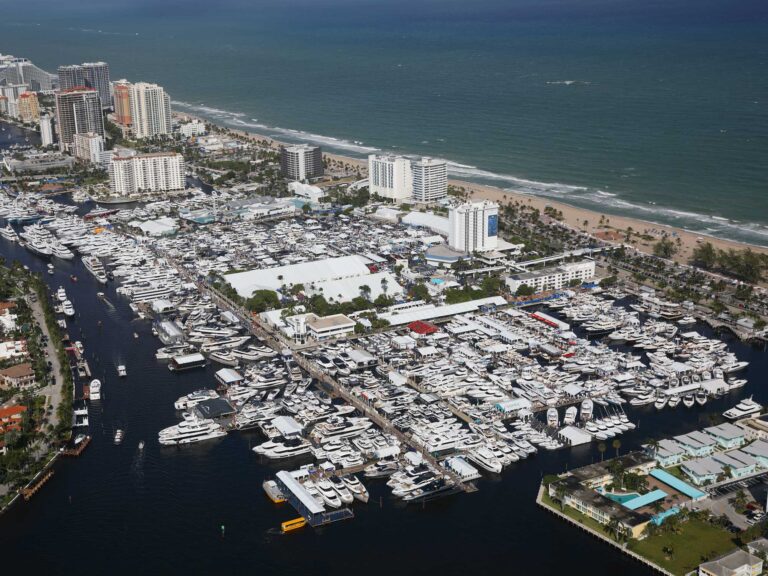
Two dudes cruising the Potomac River past Washington, D.C.’s Kennedy Center in a 26-foot Premier pontoon boat powered by twin 135 hp Evinrude E-TEC outboards on a weekday afternoon in summer: Nice work if you can get it! Except that a sharp-eyed observer might have noticed the starboard engine was pulling fuel from an auxiliary tank on deck, while the port engine was connected to the boat’s built-in tank. If you’d met them at the dock, you’d find out that the dudes were Jonathan McKnight, director of environmental programs at the Washington office of the National Marine Manufacturers Association (NMMA), and Brian Goodwin, director of standards at the American Boat and Yacht Council (ABYC). They would tell you that the fuel feeding the starboard E-TEC was a mixture of standard gasoline, ethanol and isobutanol, another alcohol that might hold the key to the biofuel future for our boats.
Alcohol fuel additives reduce air pollution. The question is whether ethanol is the right stuff, or whether there’s another form of alcohol that can reduce exhaust emissions without the bad side effects of ethanol, like its attraction to water, its tendency to make engines run lean, and its low energy content. Isobutanol, which can be derived from the same feedstocks (plant materials) as ethanol, is reportedly better on all three counts.
Some powerful people are paying attention, and they’re opposing E15 flowing to marina gas pumps and working to find solutions that make sense. These include the NMMA and BoatU.S., which supply serious lobbying muscle. Science and engineering clout is coming from the ABYC, Bombardier Recreational Products (BRP) and Volvo Penta, working with NMMA and the U.S. Department of Energy’s Argonne National Laboratory.
The E-TECs on the pontoon boat, installed by BRP engineer Jeff Wasil in 2010, are now back in Wasil’s shop at BRP for wear analysis. The broad-based research covers engine performance (in both two-stroke and four-stroke outboards and in gas inboards), exhaust emissions and engine wear. Wasil and the Argonne lab’s Thomas Wallner are presenting talks and peer-reviewed scientific papers to engineering societies both here and abroad.
Their most recent data on a 90 hp E-TEC and a 90 hp Mercury EFI four-stroke suggest that isobutanol blended at 16 percent volume can be used in recreational marine engines without significantly affecting particulate matter or gaseous exhaust emissions output in comparison to available E10 fuels. The higher quantity of biologically derived isobutanol in the fuel will help to move beyond the current ethanol blend wall without affecting gaseous or particulate emissions from marine engines, Wasil and Wallner say.
What’s next? That would be pushing up the proportion of isobutanol to see how much marine engines can take without damage, both in the lab and on the water; analyzing the results of 200-plus hours of operation of the Premier pontoon’s E-TEC 135s; and working with isobutanol producers Gevo (gevo.com) and Butamax (butamax.com) on future production plans. Changing the fuels we use is like turning a large ship. It takes patience. And skilled hands on the helm.

